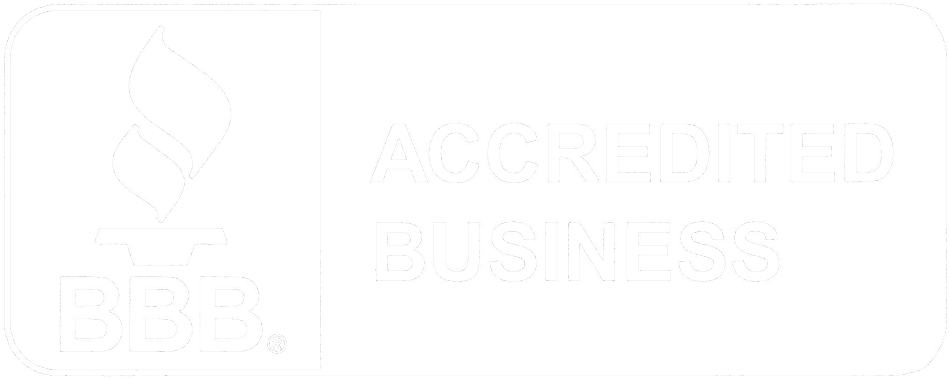- Gather your documents
- Get an evaluation
- Choose a loan program type and rate
- Apply
- Receive loan approval
- Sign your documents
- Fund and close
Here’s detail that will help to break down these steps for you:
Gather your documents
- Driver’s license or state non-driver identification
- Three months bank statements for each bank, stock and mutual fund account
- Recent copies of any stock brokerage or IRA/401K accounts you have
In addition to the docs listed above, note these other documents for certain circumstances:
- If you are a salaried employee – provide two years’ W-2s and one month of pay stubs.
- If you receive income from bonuses that you want to be included to help you qualify – provide 24 months of bonus documentation and a verification of employment form from your employer.
- If you are self-employed – provide two years tax returns and a year-to-date (YTD) profit and loss statement.
- If you own rental property – provide rental agreements and two years tax returns.
- If you are divorced, provide a copy of your divorce decree.
- If you are NOT a US citizen, provide a copy of your green card (front and back) or, if you are not a permanent resident, provide your H-1 or L-1 visa.
Get an Evaluation
Before you refinance a home, it is important to assess the best rates you can get and to determine what your goals may be for the new loan. Do you need a lowered payment? Or are you looking to take cash out for a remodel, to pay college tuition, to make major purchases like a car or trip? Sometimes you have a timing issue because you’ve had an adjustable rate loan that is about to go up dramatically or you may have to pay out a balloon loan. When you have already started the process, your loan will close more quickly and we can help you to determine the best loan for your needs.
Simply fill out our Refinance Form and you will be on your way to meet the goals you have established.
Choose a loan program and rate
There are many different loan programs to choose from: fixed, adjustable, interest-only, negative amortization and others. Look over the Loan Programs section and find the one that you think best suits your needs. Calculator for Points vs. rate.
Keep several things in mind as you review them:
- Think about how long you plan to keep the loan. If you plan to sell the house in just a few years or if the rates are considerably lower, you may want to consider an adjustable or balloon loan. On the other hand, if you plan to keep the house for a longer time, a fixed loan might be better for you.
- Understand the relationship between rates and points. Points are prepaid interest and are tax-deductible. Each point is equal to one percent of the loan; for example, one point on a $200,000 loan is $2,000. The more points you pay, the lower the loan rate you will get.
- Compare different programs. Take the time to look at different options.
- Remember that rates can be locked in for varying periods: typically 30 days, sometimes 45 days, and rarely, 60 days. A longer rate lock-in period usually costs a little more in fees or has a slightly higher rate. But most refinances are almost always 30-day lock-ins. It gives you enough time to close the loan and since you are already in the home, you don’t have to move and would probably want it closed sooner rather than later anyway.
- Contact us if you need professional advice or clarification of a loan program. With so many choices, it can get confusing to figure out which loan is best for you. That’s where our experienced professionals can help. Call us and we will help you to select the best loan options for you.
Once you have an idea as to which loan program you think works best for you, select your rate. With our guaranteed Rate Rabbit options, you are sure to get a great deal. No hidden fees and no added charges make it easy to see what you will pay.
Apply
Application is a three-tiered process.
In step 1, you fill out the application form online with: your contact information
In step 2, one of our team members will call you to help make this process as easy and painless as possible. Be prepared to give us this information:
- social security number(s) of owner(s) to be listed on title
- birthdate(s)
- email contact info
- property address of property to be refinanced
- current employer, position, salary/bonuses
- total of liquid assets from checking, savings, money market accounts, stocks and bonds
- total retirement account value
- current rent paid
- citizenship information
- demographic information
- credit history on liens, bankruptcy.
We contact the credit bureaus after you have completed step 2 and pull your credit scores. We will give you a copy after we receive it.
In step 3 – almost finished – We will ask for the breakdown detail of your account numbers for checking, savings and other accounts, plus any other information that is incomplete.
Be prepared to give us this information:
- your 2-year residence history (if less than 2 years)
- your 2-year employment history (if less than 2 years)
- info on any real estate owned (address, value, existing mortgages, liens, monthly payments, taxes and insurance)
- rental income received, if any
Please respond as quickly as possible to any requests for additional documents. This is especially critical if your rate is locked and you hope to close by a certain date.
Receive loan approval
Once your application is complete, we begin the loan approval process immediately. We verify all of the information given in the applications. While the loan is undergoing the approval process, there are several things you should know:
- Do not make any major purchases at this time. Don’t buy a car, furniture or another house until this loan is closed. Anything that causes your debt to increase might have an adverse effect on your current application.
- Do not move money into your bank accounts unless it can be traced. If you are receiving money from friends, parents or other relatives for the transaction, please contact your loan officer and tell him/her. If you do not remember your loan officer’s name, log in to the “My Loan Status” section and it will tell you how to contact us.
- Do not plan to go out of town around the time of closing. If you must be out of town when your loan is expected to close, you may sign a power of attorney to authorize another individual to sign on your behalf. Be sure to tell us.
Sign your documents
Once the loan is approved you will need to sign the final loan documents. This normally takes place in front of a notary public, usually at the escrow company’s office.
- Bring your identification with you – driver’s license, state ID or passport – to the meeting.
- Bring a cashier’s check for your closing costs if required. In most cases a wire transfer from your bank account can be sent directly to the escrow company as well. Personal checks are normally not accepted.
- Review the final loan documents. Check to make sure that the interest rate and loan terms are what you were promised – you’ll see with Rate Rabbit that the closing costs match our good faith estimate.
- Verify that the name and address on the loan docs are accurate and sign the documents. The notary will show you where to sign.
Fund and close
Your loan will fund shortly after you have signed the loan documents. On a refinance of a primary residence, this is typically 3-4 days. On refinance and home equity loan transactions federal law requires that you have 3 days to review the documents before your loan can fund. This is called the 3-day right of rescission where you have time to nullify and cancel the loan.



